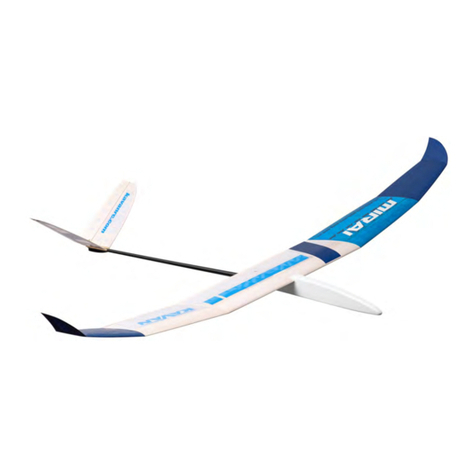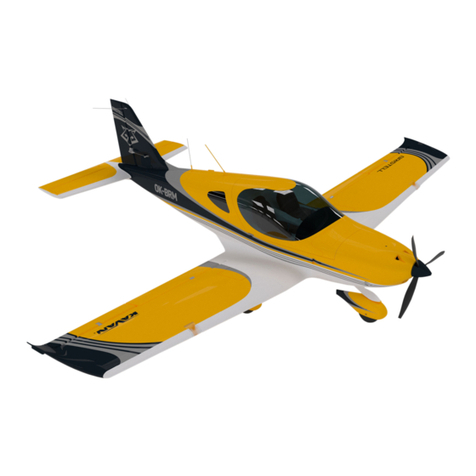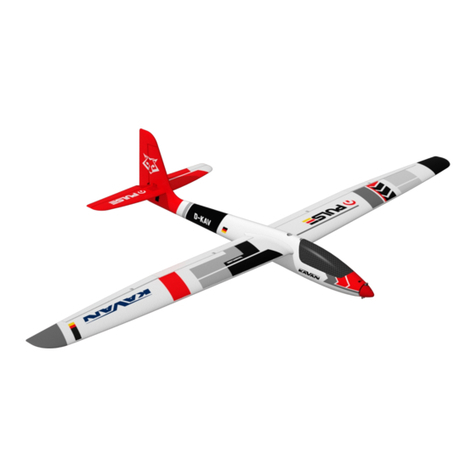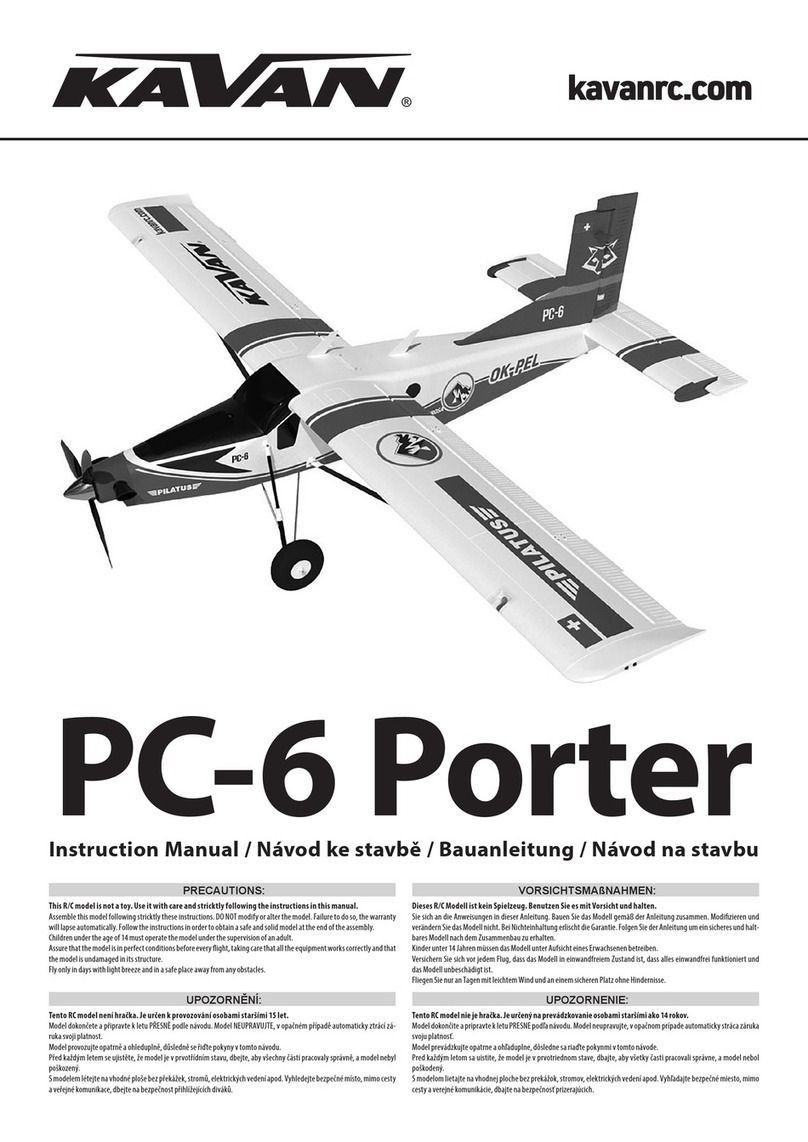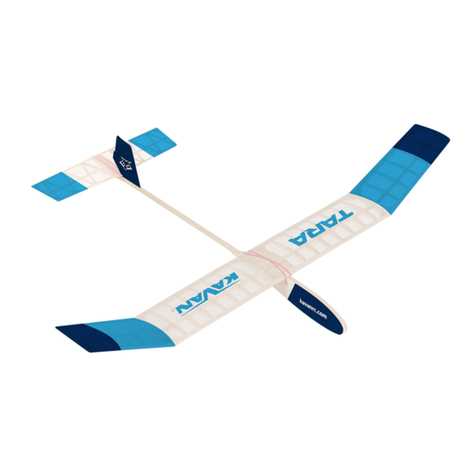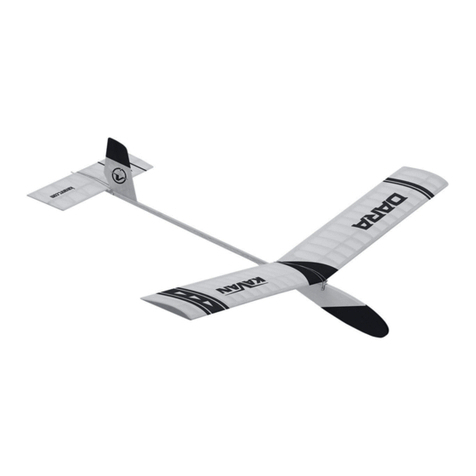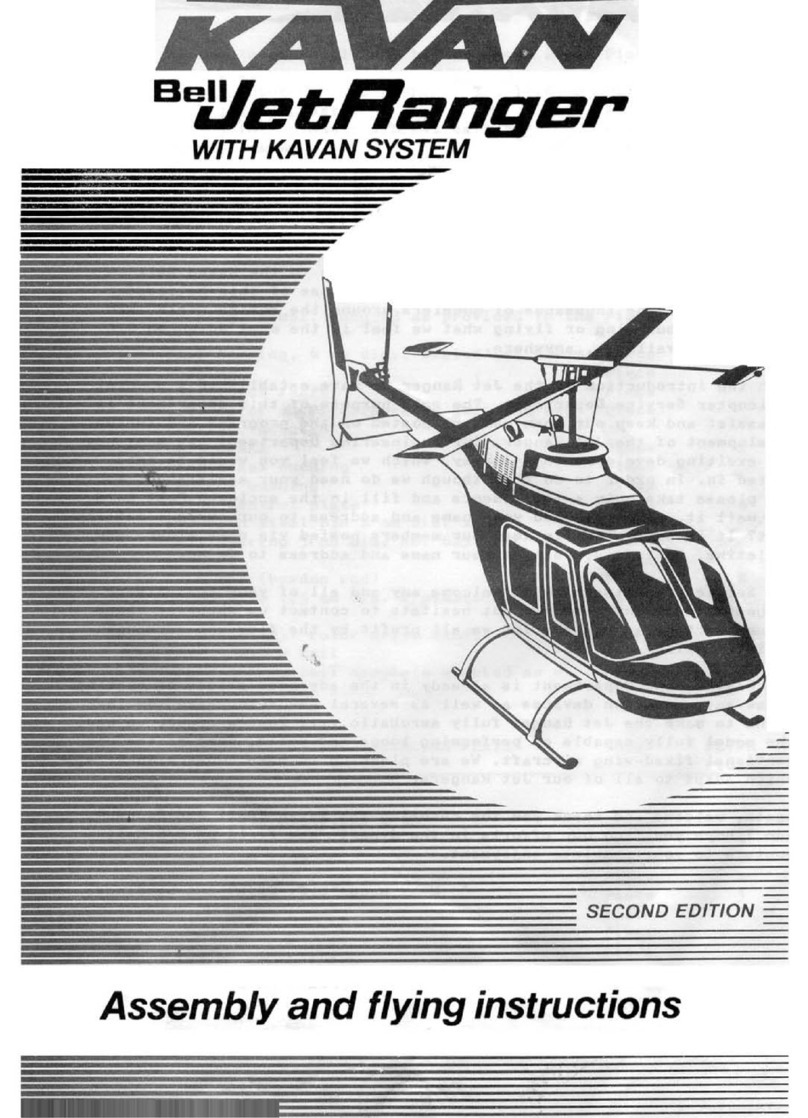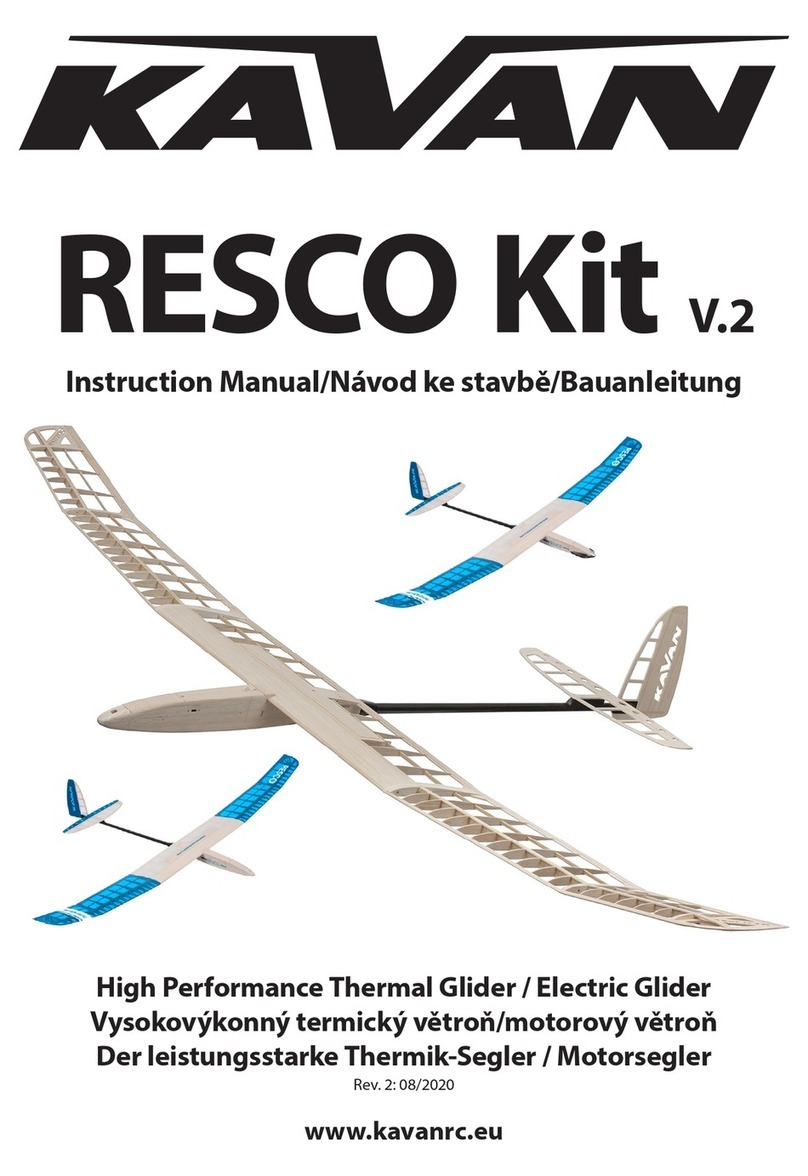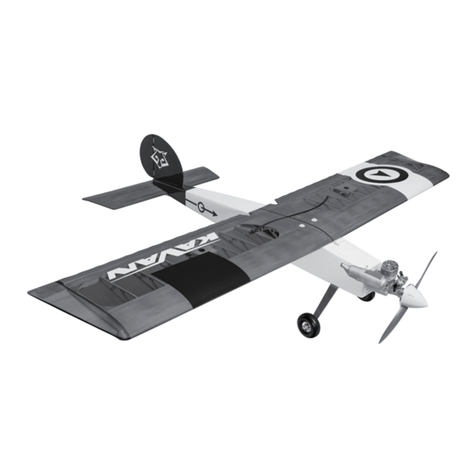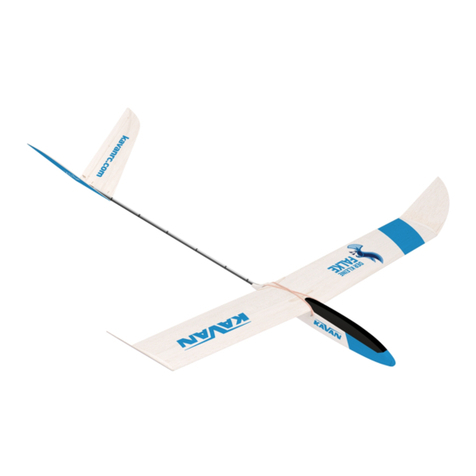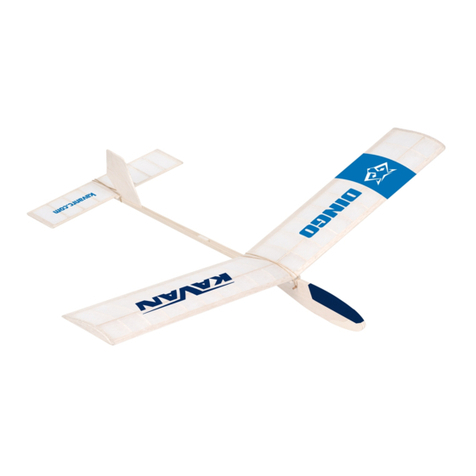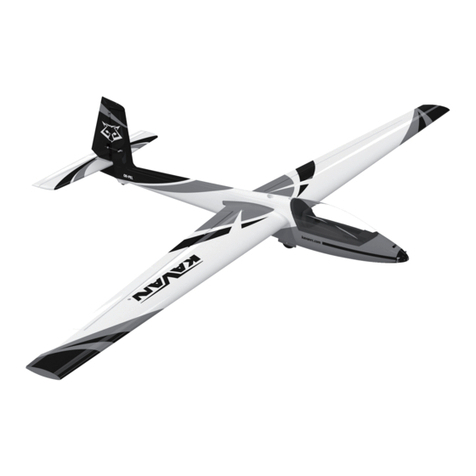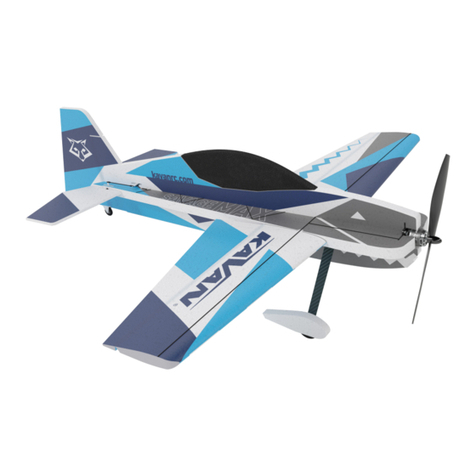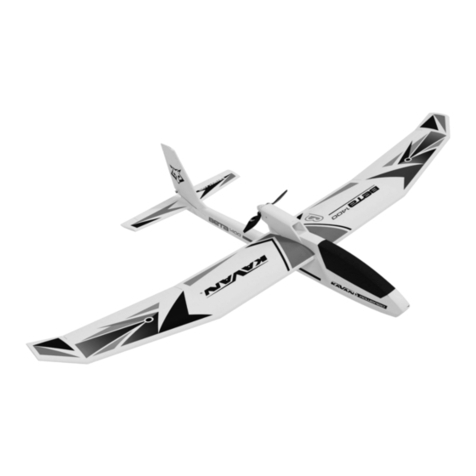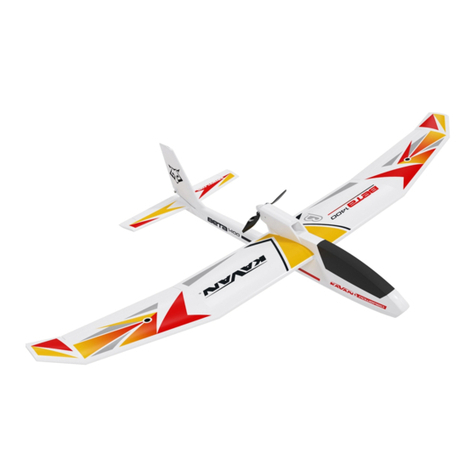
steht für:
Flugspaß für alle, selbst auf engstem Raum
extrem gutmütige Flugeigenschaften
Formgeschäumte, oberflächenverdichtete,
durchgefärbte Leichtschaum- Fertgteile
RC- Komponenten im "Plug and Fly" System
umweltfreundlicher, leiser Elektroantrieb
sicherer und effizienter Druckschraubenantrieb
Motorlaufzeit über 10 Minuten
(abhängig vom Flugstil)
Fluggewicht ab 550 Gramm
Bauzeit unter 2 bis 3 Stunden,
bebilderte Bauanleitung
Kein Spezialwerkzeug erforderlich
praktischer Transport im "Back Pack”
(im Bausatz enthalten)
einzigartige Flugsilhouette
Technische Daten
Spannweite: 1100 mm
Länge: 900 mm
Tragflächeninhalt: 26 dm
Fluggewicht ab: 550 Gramm
Steuerung: Seiten-, Höhenruder,
Motordrehzahl
Akku: 7 - 8 Zellen NC- Akku
270 - 1100 mAh oder
8 Zellen 1300 mAh NiMh
Empfohlener Akkupack: 8 Zellen 500AR Akku
Profil: NACA 4408 mod.
Es kann so einfach sein ein fantastisches
Flugmodell zu bauen und zu fliegen!
Der ist dafür ein hervorragendes Beispiel.
Er bietet den perfekten Einstieg in den RC- Modellbau.
Leichtschaum- Technologie und einfaches Zusammen-
stecken der RC- Komponenten (Plug and Fly)
ermöglichen Jedermann den perfekt
aufzubauen - und das in kürzester Zeit!
Auf Grund seiner ausgewogenen Flugeigenschaften, dem unkritischen
Überziehverhalten und der geringen Fluggeschwindigkeit wird der Pilot
den schon nach wenigen Flügen perfekt beherrschen.
!
!
!
!
!
!
!
!
!
!
!
!
2
WINGO
WINGO
WINGO
stands for:
flying fun for everybody, even in small areas
extremely good-natured flying characteristics
injected pre-colored foam parts with strong dense surface
R/C components in "Plug and Fly" technology
ecologically friendly, quiet electric drive
secure and efficient pusher drive
motor running time is more than 10 minutes
(depending on the flying style)
flying weight starts at 550 grams
building time is less than 2-3 hours,
illustrated building instructions
special tools are not required for assembly
safe transportation to the flying field in the
"Back Pack" (included)
unique flight silhouette
Specifications:
Wing span: 1,100 mm (43.3")
Length: 900 mm (35.4")
Wing area: 26 dm² (403 in²)
Flying weight: 550 g (19.4 oz)
Control: rudder, elevator, motor
Battery: 7-8 cells Nicad battery,
270-1100 mAh or
8cells 1300 mAh NiMh
Recommended Nicad Pack: 8 cells, 500 AR pack)
Airfoil: NACA 4408 mod.
It can be so easy to build and fly a fantastic model airplane!
is the best example. It offers a perfect start in the R/C model
hobby.
Dense light foam construction and "Plug and Fly" components make it
possible - even for the beginner- to perfectly build the W in no
time!
Due to its balanced flight characteristics, which include a gentle stall
and exceptional slow flight control, pilots will have the under
perfect control after a few flights.
!
!
!
!
!
!
!
!
!
!
!
!
WINGO
INGO
WINGO
SEITE 2SEITE 2
WINGO

